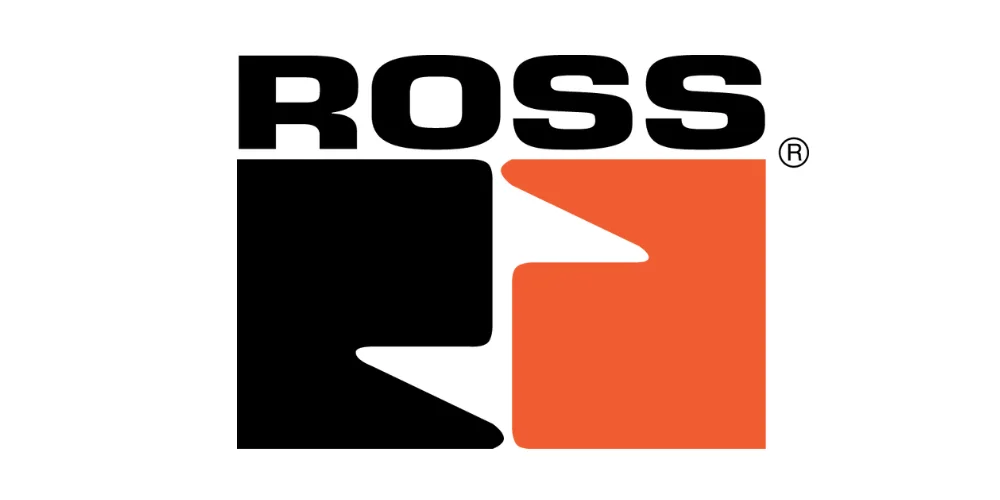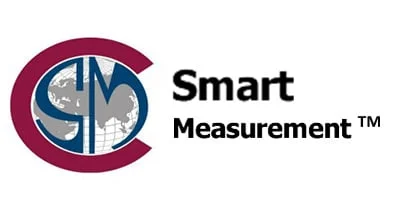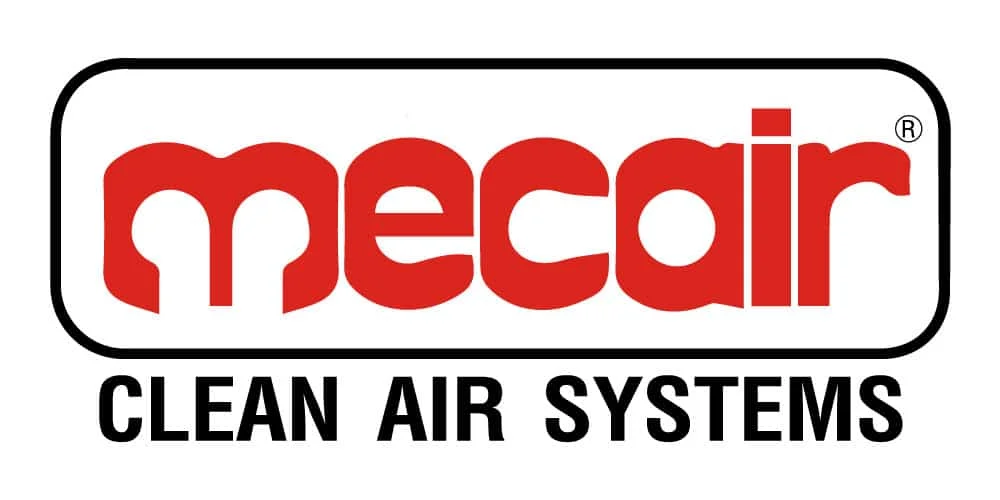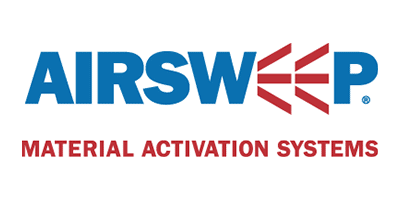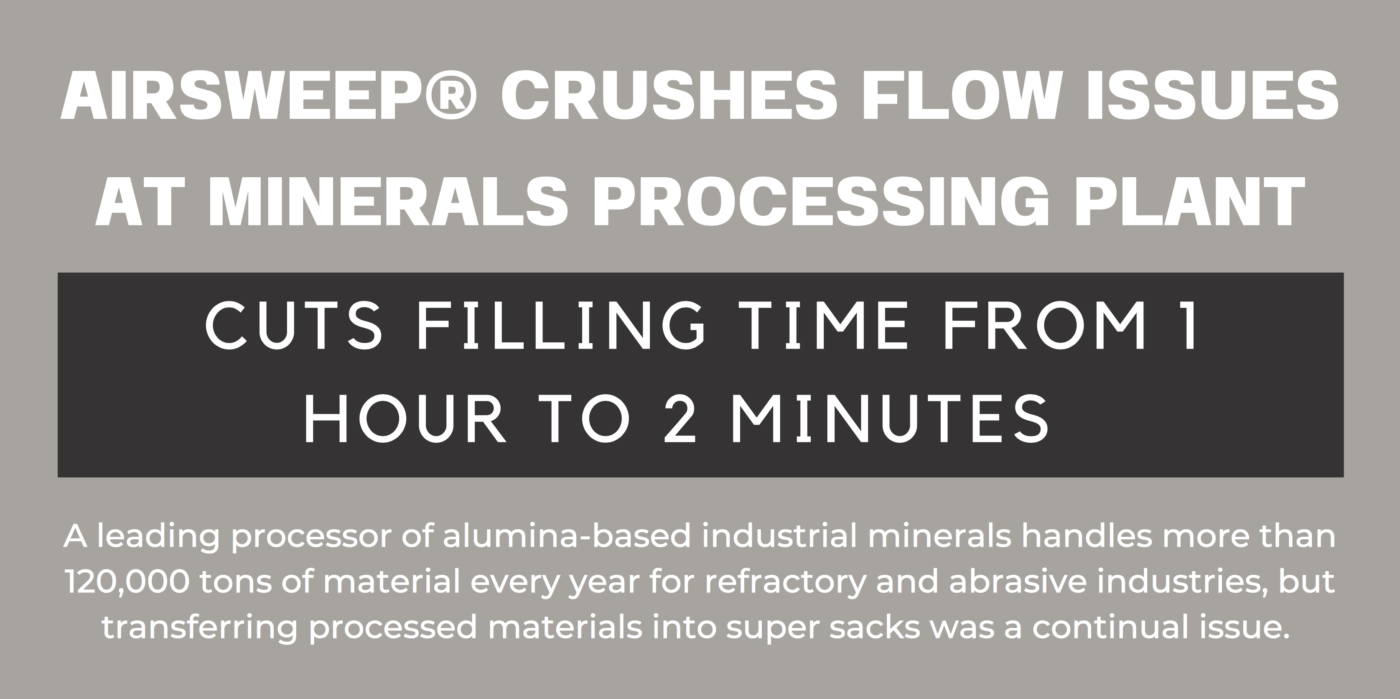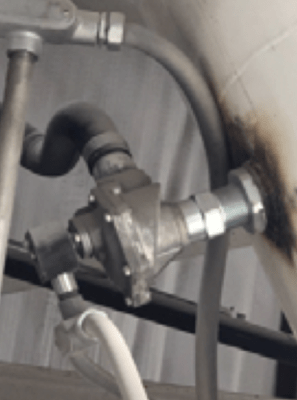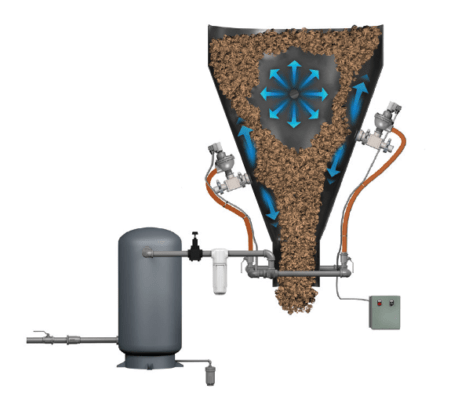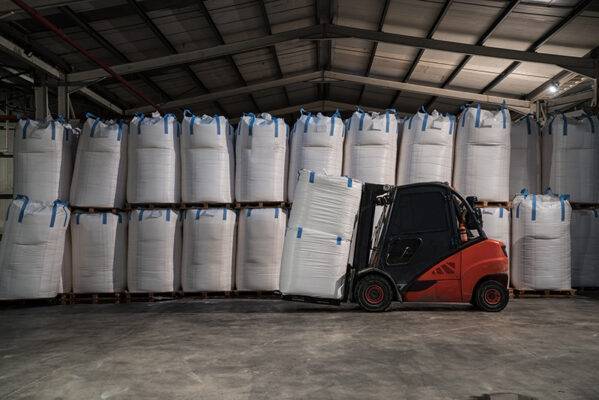A leading processor of alumina-based industrial minerals handles more than 120,000 tons of material every year for refractory and abrasive industries. These rocks are crushed, screened, and sized into smaller pebbles, grits and powders before being poured into supersacks that are transported to end-users. However, with the fast transfer, there comes flow issues due to the nature of the material land process line.
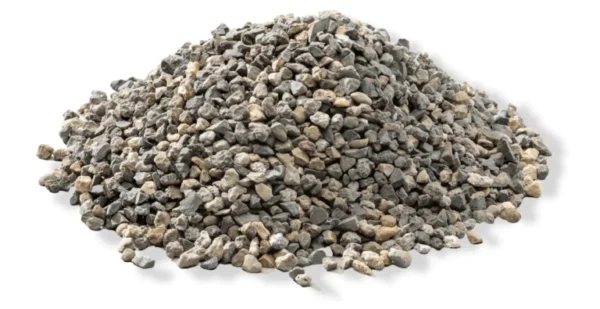
THE PROBLEM
LOST PRODUCTIVITY AS MATERIAL TRANSFER GRINDS TO A HALT
The quick transfer of processed material from storage bins into the supersacks was a continual issue at the plant. The bins ranged from 4 to 9 feet in diameter, contained materials from fine powders to small pebbles, with bulk densities from 80 to over 100 lbs/ft3. Despite the relatively steep slopes of the vessels, ranging from 70 to 75 degrees, these materials would plug in the outlets, reducing flow to a trickle or stopping completely. It would take an hour to fill a supersack, and operators resorted to banging on the bins with sledgehammers. This dented the vessels and could have led to serious worker injuries if they lost their grip.
THE SOLUTION
PNEUMATIC FLOW AID SYSTEM PROVIDES ON-DEMAND BULK MATERIAL FLOW
The company did a trial run of the AirSweep® system, a pneumatic flow aid system designed to provide on-demand bulk material flow. For the initial trial, two bins (9 feet wide, with 200-ton capacity) were hooked up to the AirSweep VA-12 model 1 1⁄2” size Four AirSweep were installed on each bin cone:
- Location: 16”, 22” and 42” above discharge, 90 degrees apart from one another.
- Process: 3 1/8” diameter holes were cut at each nozzle location, and threaded couplings welded into place. The AirSweep® nozzles were then threaded into the couplings and fastened with a locking nut. The solenoid valves were then threaded onto the back of each AirSweep®, and wired to a 4-output controller. The system was plumbed with 1.5” diameter pipe to the compressed air supply.
- Settings: The controller ran a repeating, linear sequence that pulsed the AirSweep® one at a time every 15 seconds while material was discharged. Overall compressed air use for each system was less than 8 com @ 8 psi.
HOW AIRSWEEP® WORKS
- Each AirSweep® nozzle disperses a powerful burst of high-pressure, high volume air or inert gas in 250 millisecond bursts.
- The quick pulse sends a shock wave along the indoor vessel wall, lifting and activating stalled material and breaking the friction bond between the material and vessel wall.
- The system is pulsed in a pre-set sequence when material is to be discharged from the bin.
- A typical system will consist of 3 or 4 AirSweep® nozzles, high-flow solenoid valves, sequence timer/controller, air filter, regulator, air receiver, flex hoses, and ball valves.
THE RESULT
A 3000% INCREASE IN PRODUCTIVITY
The AirSweep® system eliminated all plugging of the outlets, and cut the filling time of supersacks from one hour to two minutes, a 3000% increase in productivity!
The operators stopped using sledgehammers, and production volume increased to the point that an additional forklift driver was hired to keep up with the output of finished product. After the initial trial, the company has since added the AirSweep® system to 16 additional product bins.
Reference: Control Concepts USA
For more information:
Tel.: 02-384-6060 | Line: @flutech.co.th | Email: [email protected] | Facebook: @flutech.co.th | Website: https://flutech.co.th


